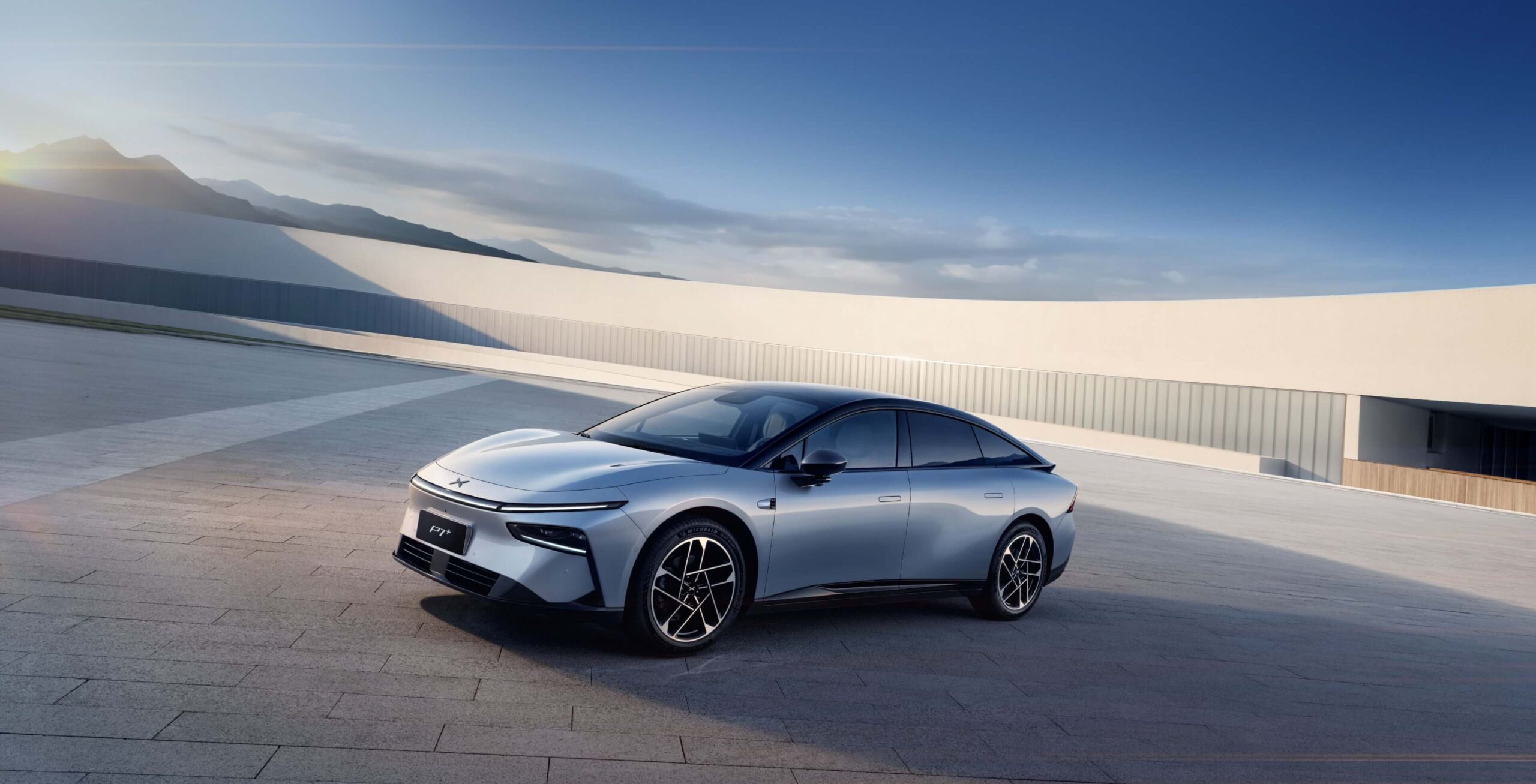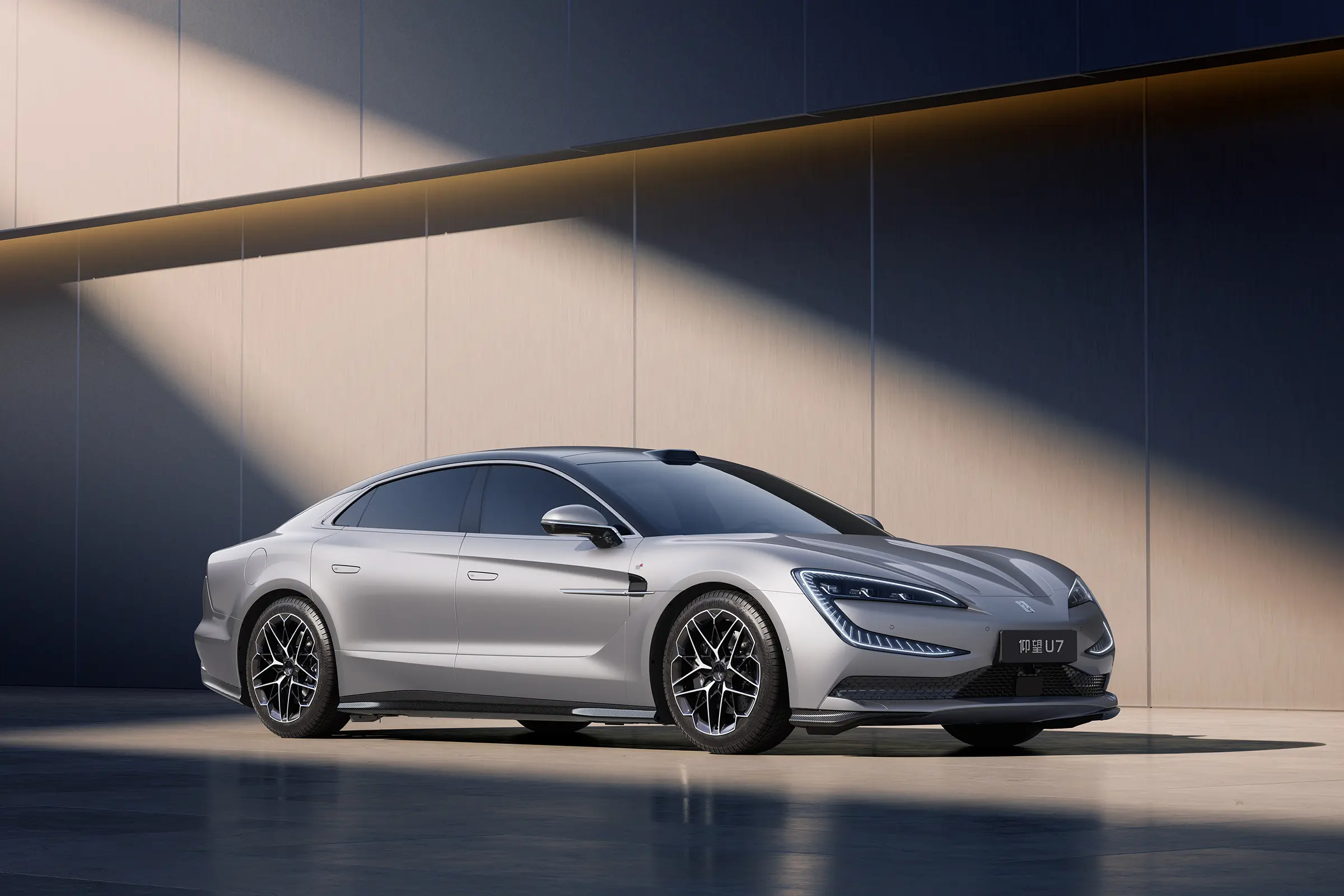Preview of the 2024 Guangzhou Auto Show: Exciting New Energy Vehicles to Debut
From November 15 to 24, 2024, the 22nd Guangzhou International Automobile Exhibition, one of China’s three major international auto shows, will be held at the China Import and Export Fair Complex. This year, over 90 mainstream automakers will participate, presenting 78 global debuts, including six from international companies, and showcasing a total of 1,171 vehicles, with 512 of them being new energy vehicles, nearly half of the display. Highlighted models will feature strong local representation from Guangdong-based automakers.
As the final major event of the automotive year, the Guangzhou Auto Show provides automakers with a last opportunity to showcase their newest models. Let’s take a look at some of the anticipated new energy models in this preview.

XPeng P7+
Following the MONA M03’s successful sales of over 100,000 units, the pre-sale of the XPeng P7+ has also seen impressive results, with over 10,000 reservations within 12 minutes and reaching 31,528 units in three hours—a standout achievement in the industry.
The XPeng P7+ is a mid-to-large sedan measuring 5,056 mm in length with a 3,000 mm wheelbase. Its standout feature is its smart driving capabilities, adopting an AI-powered “Eagle Eye” visual system similar to Tesla’s approach, using only vision-based technology without LiDAR. This system is designed to support intelligent driving across most public roads in China upon delivery.
The P7+ also offers several upgrades, including OTA range updates, a top CLTC range of 710 km, an 800V high-voltage platform, a low drag coefficient of 0.206 Cd, energy consumption of just 11.6 kWh per 100 km, and a range of 10 km per kWh.

Xiaomi SU7 Ultra Production Version
The Xiaomi SU7 Ultra production model retains key elements from the prototype’s tri-motor system, combining two V8s and a V6. Targeted for a March 2025 launch, the model features track-focused batteries and thermal management systems.
The vehicle’s three-motor system, torque vectoring technology, and 1,548 horsepower allow it to accelerate from 0-100 km/h in just 1.98 seconds, with a top speed of 350 km/h and a CLTC range of 620 km. Its battery supports fast charging, achieving 10-80% charge in just 11 minutes. Additionally, it offers a dual-chamber air suspension system with CDC dampers and EVO T1 adjustable dampers with ten levels, catering to various road conditions.

Mercedes-Benz Electric G-Class
The electric G-Class by Mercedes-Benz features the iconic round headlights and a grille with horizontal slats. Measuring 4,728 x 1,984 x 1,992 mm with a 2,890 mm wheelbase, it has a curb weight of 3,090 kg.
Inside, it sports a full-width display, extensive carbon fiber elements, and Nappa leather seats. It is powered by four independently controlled electric motors, paired with a two-speed transmission. The vehicle has a maximum output of 432 kW, a torque of 1,164 Nm, and a 0-100 km/h time of 4.7 seconds. Equipped with a 122 kWh lithium-ion battery, it offers a CLTC range of 571 km.

Maextro First Model
Maextro, a collaboration between Huawei and JAC, is part of the HarmonyOS Intelligent Mobility and is positioned as a competitor to luxury brands like Maybach and Rolls-Royce, expected to debut next spring with a million-yuan price tag.
Spy shots reveal a broad, sturdy front design with a closed front and possible split headlight layout featuring Huawei’s xPixel intelligent lighting. It has multi-spoke wheels and likely hidden door handles. The rear may include full-width taillights, with laser radar on the roof, possibly using Huawei’s ADS 3.0 advanced driving system. The highly anticipated model will debut at the Guangzhou Auto Show, though its exact specifications remain under wraps.


BYD Xia
BYD Xia’s interior is expected to debut at the show and to launch by year-end. Named after China’s founding dynasty, Xia symbolizes the flagship status of this mid-to-large MPV, measuring 5,145 x 1,970 x 1,805 mm with a 3,045 mm wheelbase.
The Xia will feature elements from BYD’s Dynasty family, with balanced rear window and trunk proportions, a full-width taillight, and hidden sliding rear door tracks. It will also offer a dual-camera system for driver assistance, hinting at advanced driver-assist capabilities. The Xia will come in plug-in hybrid and pure electric versions, equipped with BYD’s latest DM 5.0 super hybrid technology, a 1.5T engine, and a 200 kW motor. It also boasts a 20.39 kWh battery for 80 km of pure electric range, integrated vehicle control system, and CTB battery integration, optimizing for low fuel consumption and high performance.

Denza Z9
The Denza Z9 is a sedan version of the Z9GT, a key model in Denza’s push for the luxury sports sedan market, with both pure electric and plug-in hybrid options.
The Z9 offers three motors and tri-party technology. The pure electric version includes a 230 kW front motor and two 240 kW rear motors with a 100 kWh battery, while the hybrid version uses a 200 kW front motor, two 220 kW rear motors, and a 38.5 kWh battery. Pre-sales have already begun, with an official launch expected during the show.

Denza N9
The Denza N9 is Denza’s flagship full-size SUV, featuring a 2.0T engine and a 720 kW tri-motor setup. Measuring 5,258 x 2,030 x 1,830 mm with a 3,125 mm wheelbase, it offers a six-seat layout and is set to rival models like the AITO M9 and the Li Auto L9.
The N9 includes a plug-in hybrid system with a 2.0T engine and a 46.992 kWh battery, offering both pure electric and hybrid options. Built on the tri-party platform, it features dual-chamber air suspension, rear-wheel steering, and an array of advanced handling technologies. It also includes a built-in refrigerator and will be showcased at the Guangzhou Auto Show.

Yangwang U7
Positioned as a flagship sedan, the Yangwang U7 adopts BYD’s latest plug-in hybrid technology and the YunNian-Z suspension system. It includes five large screens, electronic side mirrors, and is expected to debut at the show and hit the market by year-end.

Chery iCAR V23
The iCAR V23, developed by Chery in partnership with Xiaomi’s ecosystem, resembles the Beijing BJ212 in styling. Pre-sales will begin at the auto show on November 15, with an official release by year-end.
This boxy SUV’s interior uses rectangular design elements and includes a digital dashboard, a floating touchscreen with an 8155 chip, and wireless CarPlay. It will offer single-motor rear-wheel drive and dual-motor all-wheel-drive options, with a single motor output of 100 kW and a dual-motor output of 55 kW front and 100 kW rear. It uses a lithium iron phosphate battery from Jiangsu Times with a projected range of over 400 km.

The Guangzhou Auto Show is not only a platform for showcasing achievements in automotive technology but also a driving force for innovation within the industry. With the rapid development of electric vehicles (EVs) and continuous advancements in smart technology, the market penetration of EVs has now surpassed 50%, and many prominent new models at this year’s show fully embody this trend. China has become a major global force in EVs, leading the way in areas such as range, battery technology, and smart features, while also offering competitive and diverse options for international markets. The rapid growth of China’s NEV industry is not only transforming its domestic market but is also having a profound impact on the global stage.





